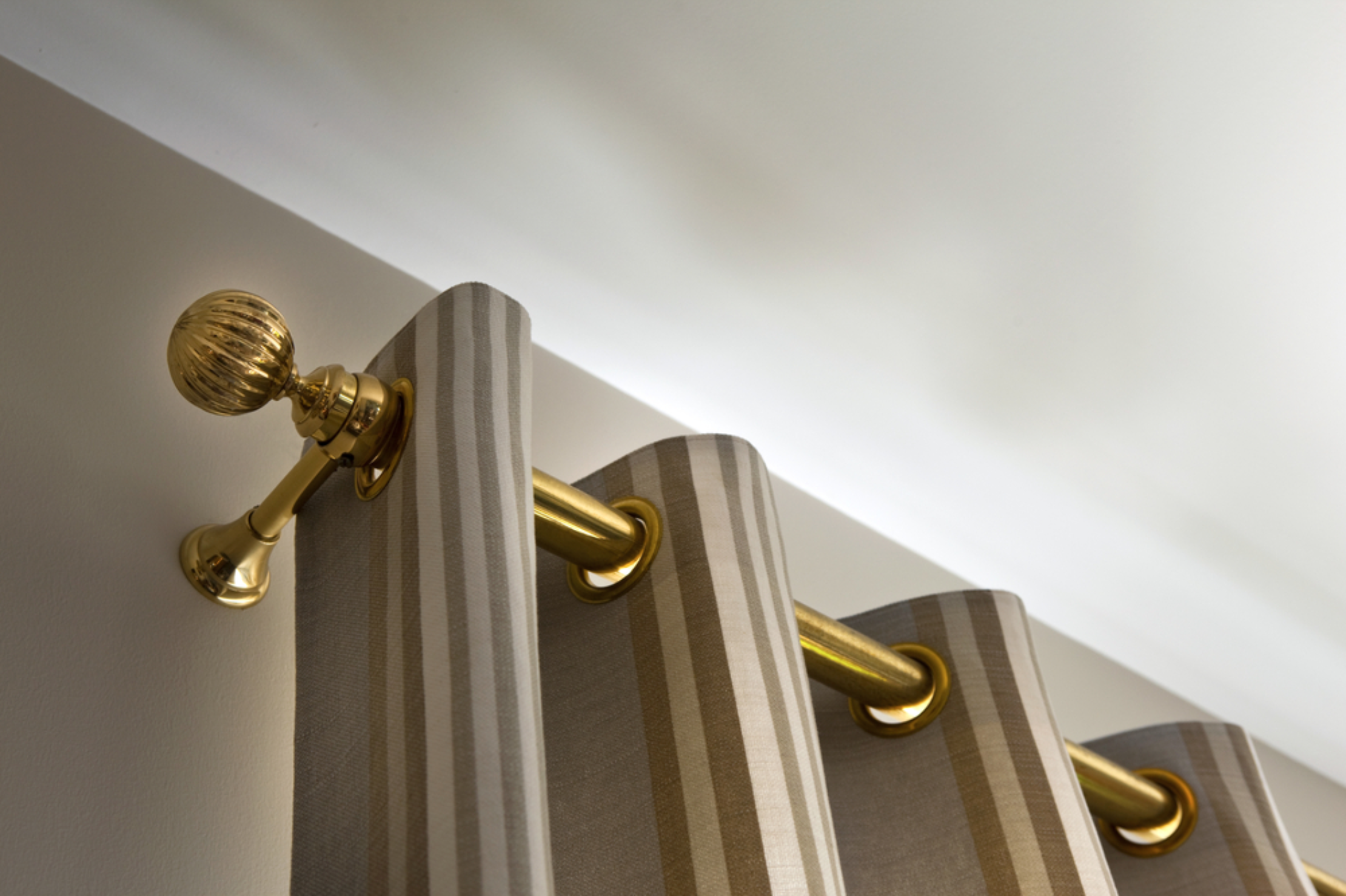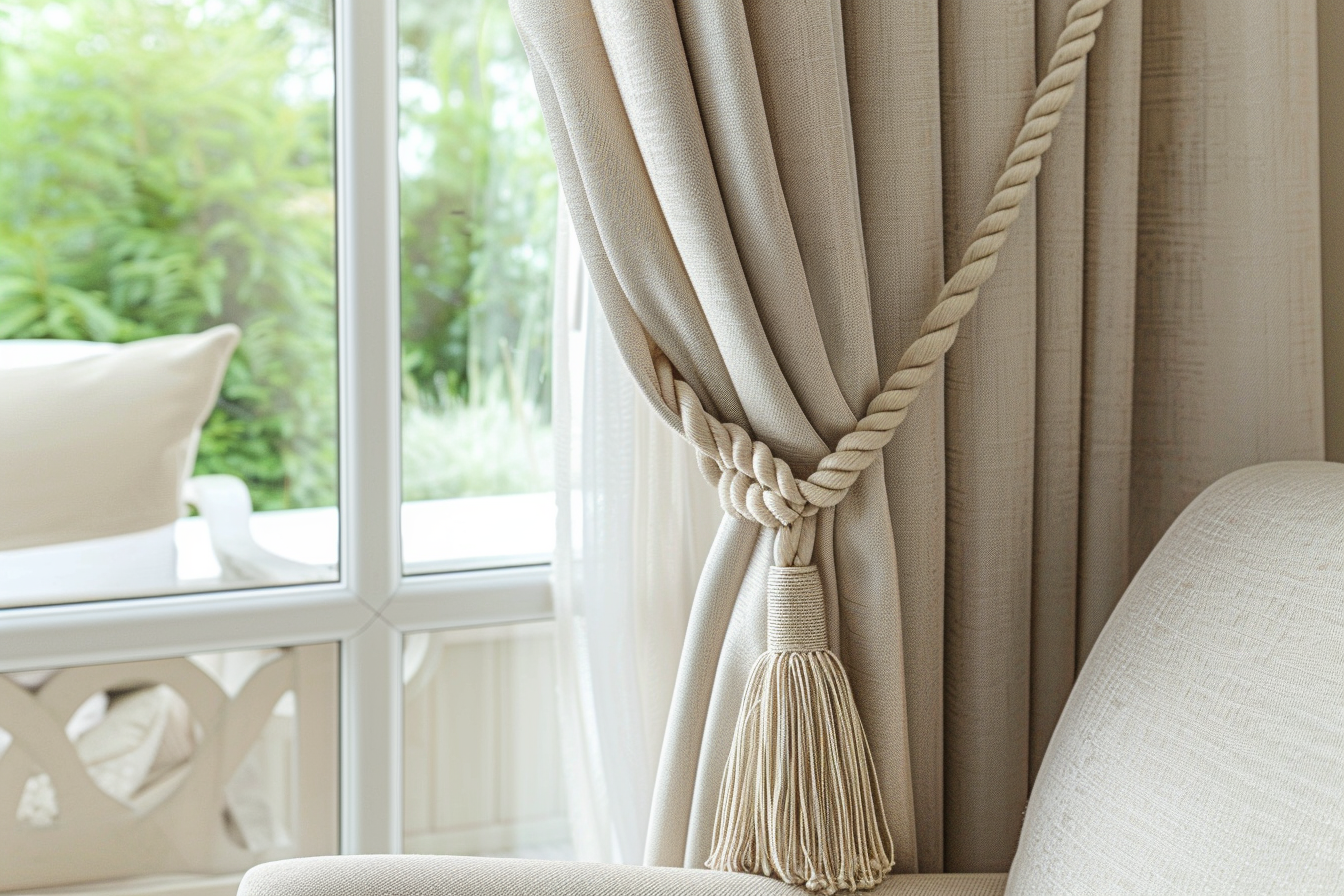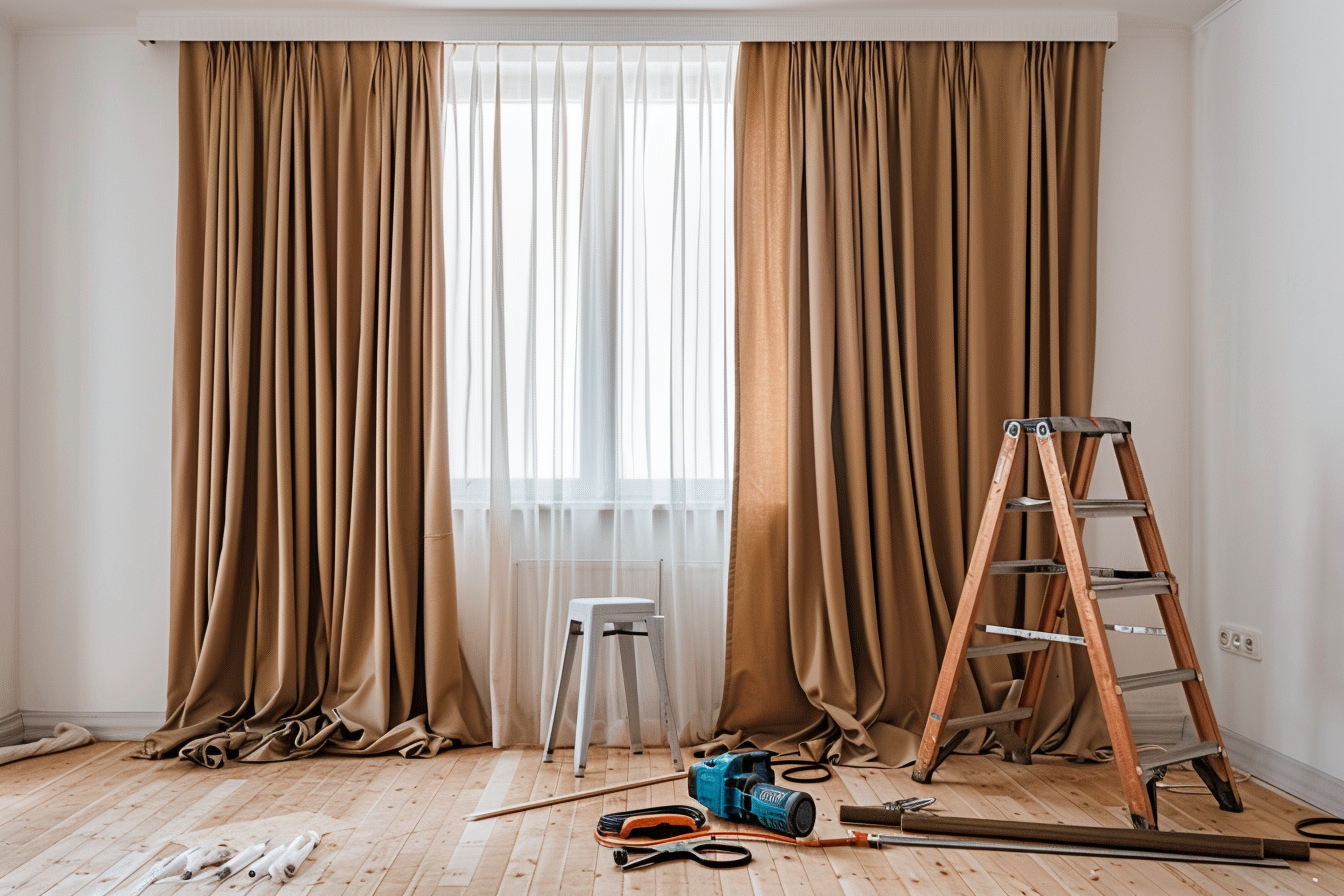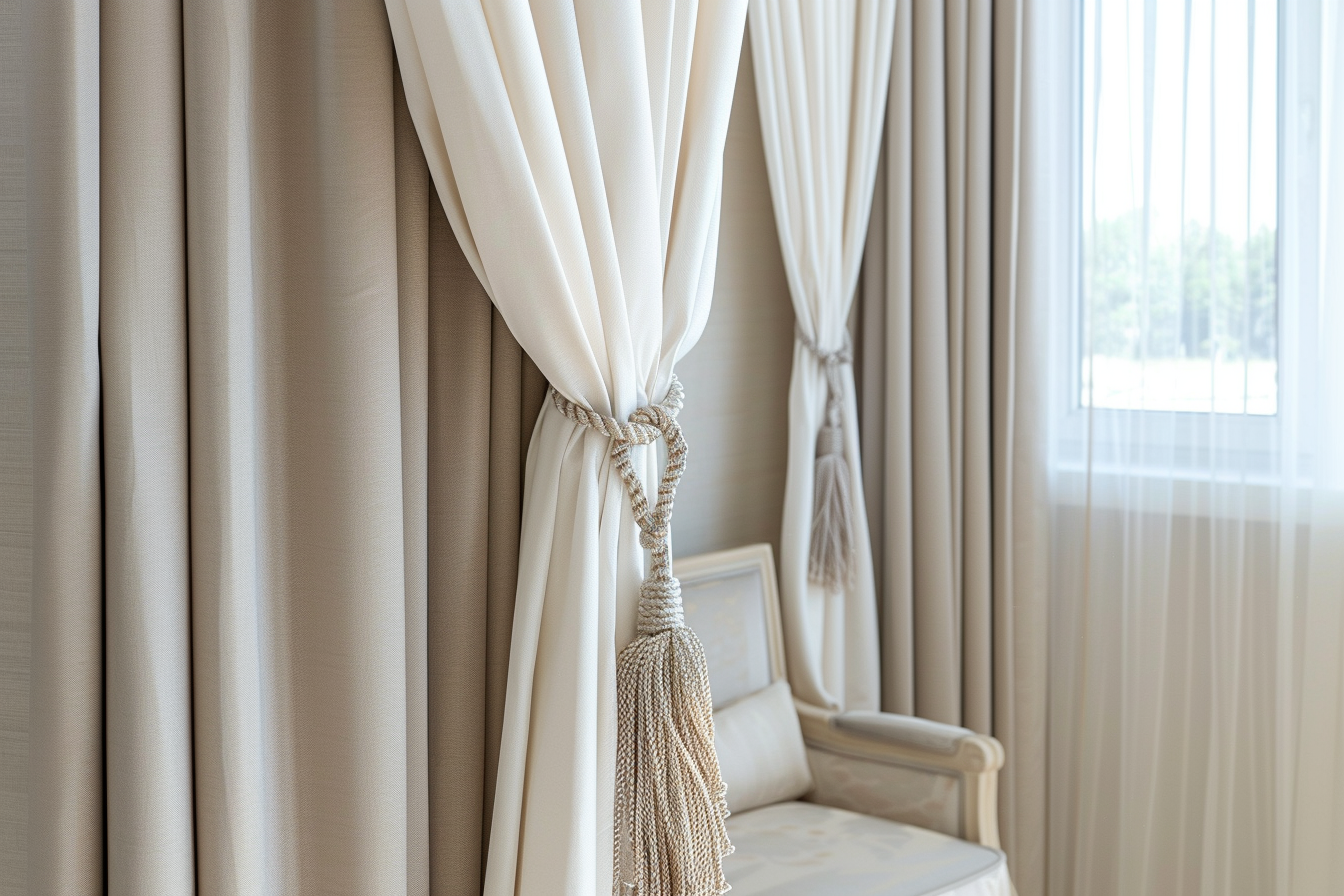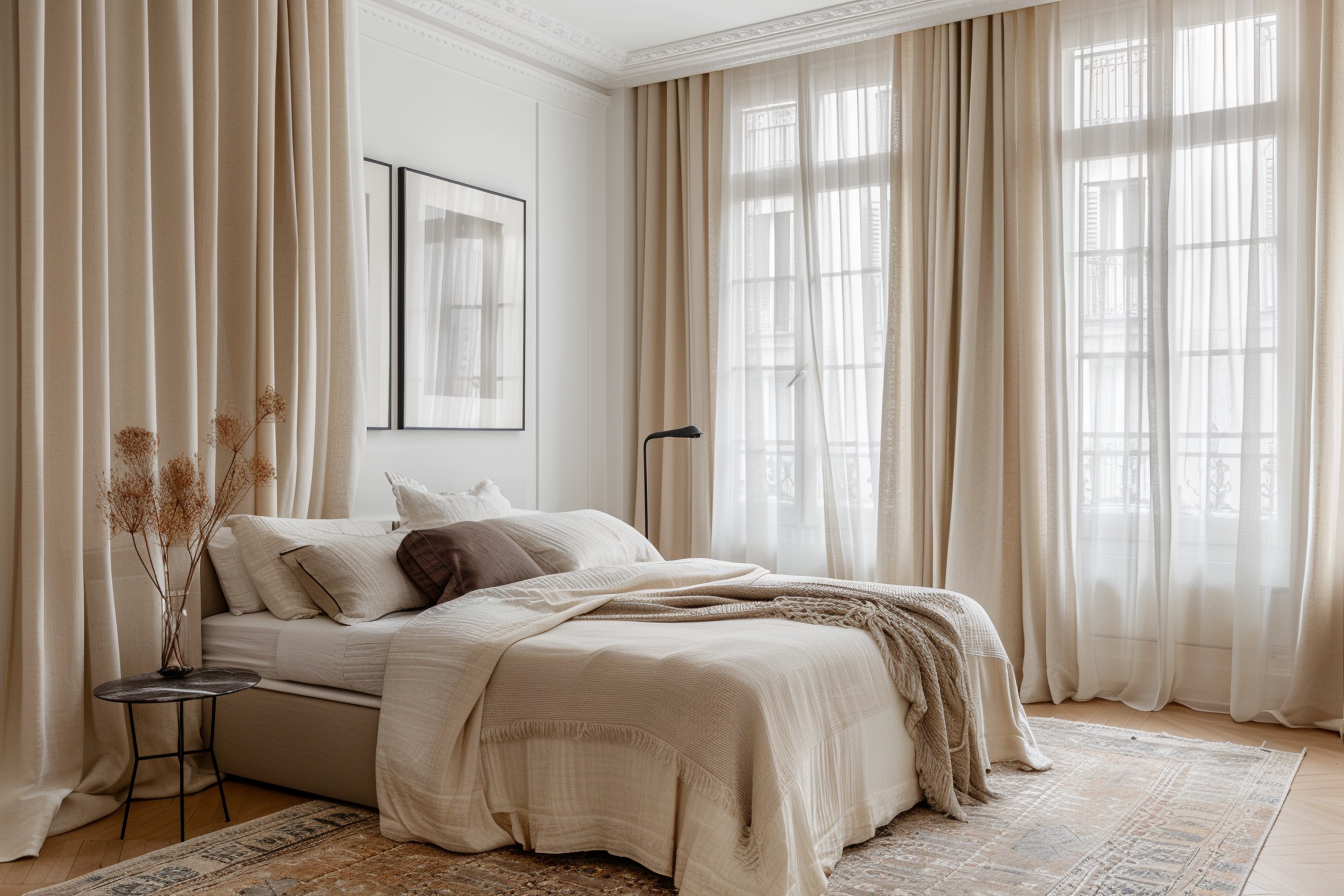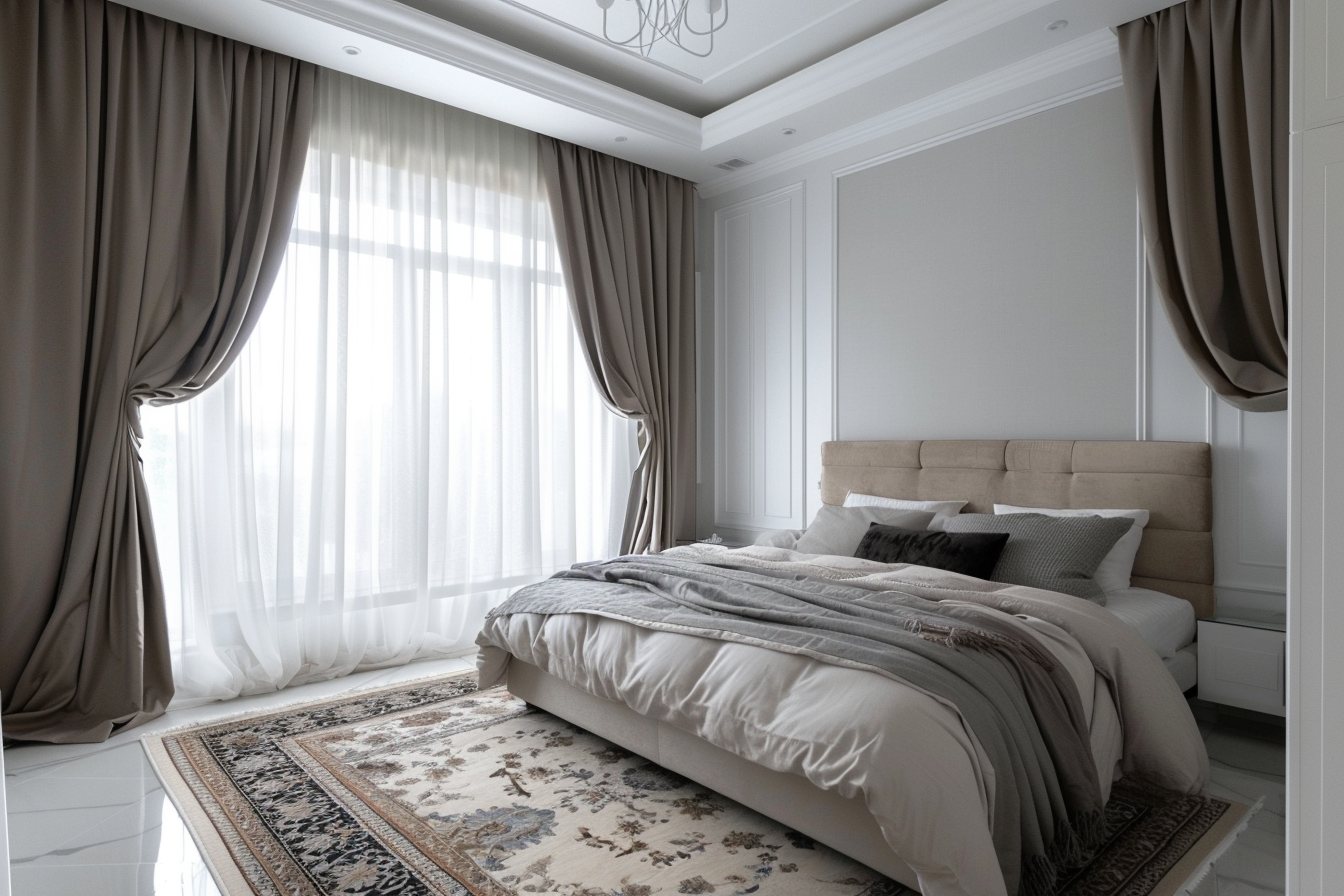There’s no better way to upgrade a room than changing the curtains, but installing curtain rods can be tricky.
Hanging curtain rods is one of those projects that looks a lot more difficult than it is. As long as you’ve got the right tips and tricks, you’ll hang your curtain rods in a flash. So, let’s get to it! I’m going to give you the step-by-step process that I recommend for hanging curtain rods, along with some other tips and tricks that will help make your job easier.
Tips for Hanging Curtain Rods
It would help to think about a few things when you’re hanging curtain rods. How do you want the curtains to look? You can hang them high or low—high if your ceilings appear taller and low if you want your windows to appear larger.
We’ve got a few tips for you that’ll make your experience hanging a curtain rod much simpler and make our TheHues room darkening curtains look even better. Before getting started, you will need: Curtain rod with brackets, screws, tape measure, level, screwdriver, pencil, and wall anchors (optional)
How To Measure For Curtain Rods
Measuring for your curtain rods is actually pretty easy! We’ll break down the steps and teach you how to get accurate measurements for rods of any style.
First, measure the width of your window. You’ll need to figure out how much space you have for the curtains, starting at one side of the window and ending at the other.
Then, measure from where you want the curtains to start (typically just above or beside the window) all the way down to where you want them to end (this could be on the floor or slightly above it). This helps you get a sense of how long each curtain needs to be.
Once you have these two numbers, add them together and then multiply by two. That’s the total width of your curtain rod!
Add 3 inches to each side of your measurement so that your curtains will hang over the window on either side. This should be equal to 6 inches total added to your measurement.
Get The Right Curtain Rods Sizes
Getting the right curtain rod sizes can be tricky. With all the different options available, it’s easy to forget that your rod isn’t just supposed to look great—it’s also supposed to hold up your drapes.
The first step in finding the right size for curtain rods is measuring the length of your window. If you want your curtains to hang all the way down to the floor, then you’ll need to take that into account as well.
Next, think about how much space you want between the top of your curtain and the bottom of your window. You may also want to consider how much clearance you’ll have between the top of your curtain and any decorative elements on top of or above your window treatment.
Finally, make sure you don’t forget about brackets! Your brackets should be large enough so that they’re strong enough to hold up your rods and curtains but small enough so that they don’t stand out too much. If in doubt, go with a smaller bracket—they may not be as sturdy, but they’ll definitely draw less attention than larger ones!
Curtain Rod Hardware
Are you interested in creating a stunning window presentation? A curtain rod is an essential part of any well-designed window. The function of the curtain rod hardware is to provide a stable platform for the drapery panel to hang from and slide across. With so many types of curtain rods on the market, it can be difficult to decide which one is best for your particular needs. Here’s a guide to help you determine what curtain rod hardware will work best for you!
● Ceiling brackets are used when you want to extend the length of your rod by attaching it to the ceiling. These come in many styles, but they’re all pretty easy to install—you just screw them into the ceiling!
● Center supports are other ways that you can extend your rod’s length, although these aren’t often used for very heavy curtains.
● Wall brackets are what you’ll use if you want to attach your rod directly to a wall or window frame.
Curtain Rod Placement
When it comes to hanging curtains, we tend to think of “proper curtain rod placement” as a simple function: you put the rod just above the window so that the curtains hang down and cover as much of the window as they’re supposed to.
But there’s actually a lot more to consider when it comes to proper curtain rod placement. In fact, if you don’t take into account other factors like the size of your space and the height of your ceilings (among others), you could end up with drapes that have the opposite effect of what you were going for—and you might not even realize why until you’ve already hung them up.
How High To Hang Curtain Rods
First of all, you have to start with your window. You can’t think about curtain rods without first thinking about the window. After all, the curtains are going on the window, right? So measure the height of your window and decide how much of that you want covered by your curtains.
To hang your curtains at eye level or a little bit above eye level, you’ll want to hang the curtain rod 6 inches or so above the top of your window frame. Any lower than that, and it will feel like you’re hiding part of your room under some big fabric drapes.
But if you’re looking for that more formal, drape-y look, then you might want to hang them closer to the ceiling. In this case, hang them about 12 inches above the frame. This will create a look that’s both grand and inviting!
Of course, these are just suggestions! We’ve seen some homes where curtains were hung super high on either side of the window and it worked really well—it just depends on what sort of aesthetic you prefer.
How Wide To Hang Curtain Rod
It’s a simple question, but it can actually be a bit tricky to answer. There are a few factors you need to take into consideration. The first thing is whether or not you want to cover the entire window with your curtains. If so, you’ll want to hang your curtain rod wider than the window itself. But if you don’t want the curtains to cover the whole window, you’re going to have to eyeball it a bit. A good rule of thumb is to go with 1/5 of the width of your window and then add 2 inches on either side for some wiggle room.
The next thing you need to think about is how much space you want between your curtains and the wall. This is often just a matter of personal preference, but generally speaking, people tend to prefer more space—around 6-8 inches—so that they can have plenty of natural light coming through the windows without completely blinding themselves in the process!
There are lots of different methods for figuring out how far apart you should hang your curtain rods. The best method is simple: the rod should sit at least six inches outside of your window frame; in other words, it should be about as wide as two fists (and approximately one fist from the wall).
Curtain Rod Hanging
Hanging curtains is a great way to add some privacy and personality to your home, but sometimes, it’s hard to find a place to hang them. If there’s no window frame, you can’t traditionally use curtain rods, and drilling into the wall isn’t always an option.
How To Hang Curtains Without Drilling?
Are you looking to hang up curtains/drapes in your home without having to drill holes into the wall? Look no further than Tension Rods. They’re easy to install, won’t damage your wall, and are super sturdy once installed.
Tension Rods come in many different sizes, so you can find the right size for any window space. They come in all kinds of colors too! You can match them with the color of your curtains/drapes and they’ll blend right in.
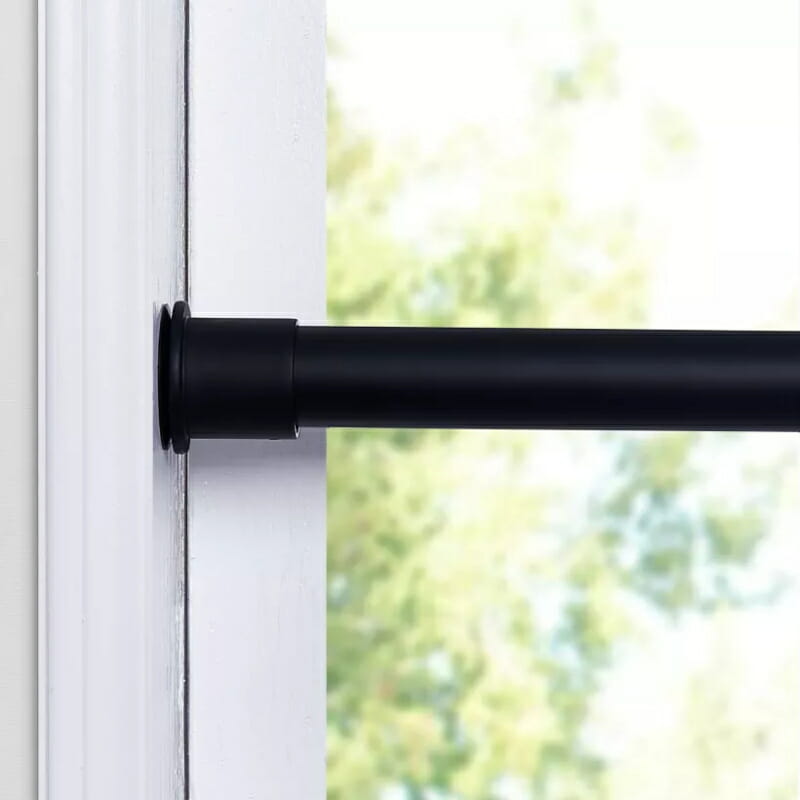
To use a Tension Rod:
1) Measure the space where you want to use it.
2) Buy a Tension rod slightly smaller than the space you measured (you don’t want it bigger because it might not fit).
3) When you receive the rod, open it up and spread the ends.
4) Place the rod inside your curtain rod so that one end is on each side of your window frame. The rod has a spring inside, so once you push both ends together, it will spring back and press against the side of your window frame, keeping it nice and secure.
5) Hang up your curtains or drapes, and voila! You have a window treatment.
Wondering how many panels to add? Ask details from TheHues curtains customer service, we are looking forward to helping you.



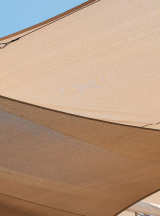
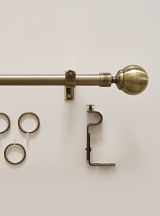









 Loyalty Plan
Loyalty Plan





